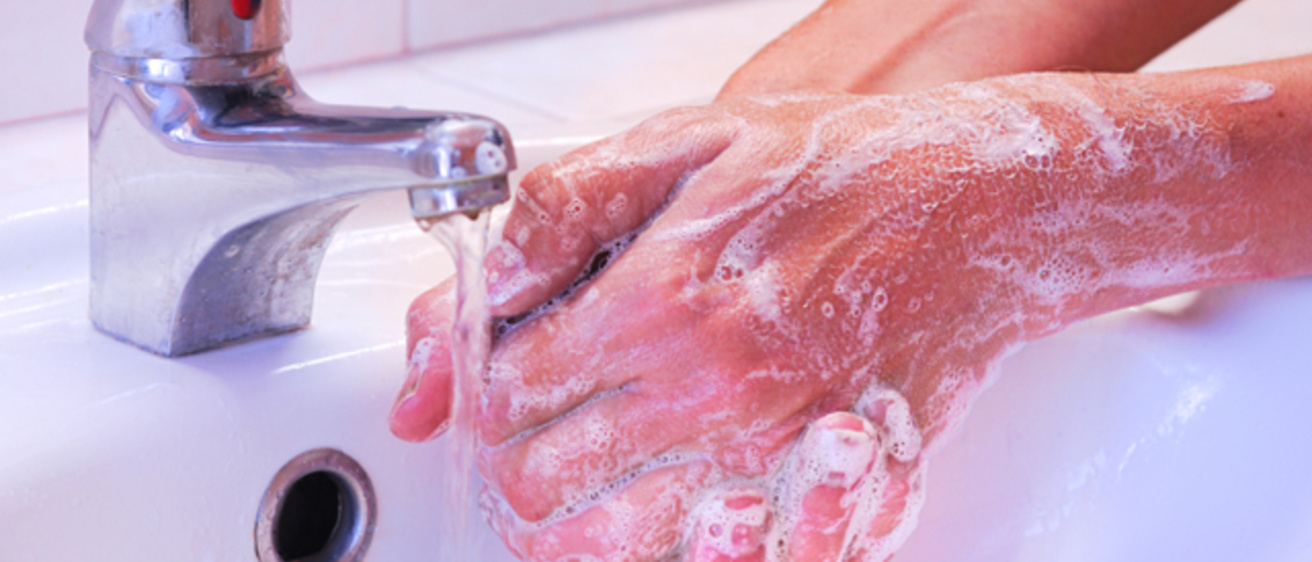Hand hygiene among health care workers is critically important for preventing the spread of infections, but hectic worker schedules make manually tracking hygiene compliance difficult. A team of University of Iowa researchers funded by a $25,000 Institute for Clinical and Translational Science pilot grant in 2009 has aimed for more effective compliance observation through the development of a remote tracking system.

“The questions we’re after are more fundamental questions—what governs a health care worker’s choice to wash their hands or not?” says Alberto Segre, professor of computer science in the UI College of Liberal Arts and Sciences. “Are workers more likely to wash their hands going into a room or coming out? Are groups of health care workers, if they go into the room together, more likely to wash their hands than if they go in alone?”
The tracking device, called a “sensor mote,” consists of a 3"x 2" x 0.5" wireless sensor device housed in a modified pager case. Health care workers wear these sensors, which receive signals from puck-shaped devices attached to hand-soap dispenser pumps. When the pump is pressed, a spring in the puck sends a signal to the mote, tracking the exact position of each dispenser use.
Segre said many companies have developed methods of remote hygiene tracking, but this particular project focuses less on developing a marketable device and more on understanding hygiene habits relative to factors like time, dispenser location, and employee workload. Researchers also are studying how to best monitor hand-hygiene compliance, such as the best times and locations to place human observers in a given unit.
The system allows data to be collected more universally compared to the methods of human observers, who always have to determine when and where to observe—and run the risk of workers changing their habits if they’re aware of being watched.
The study may shed light on how infections spread. It also might help health care institutions better assess the benefits of changes in hand-hygiene compliance levels—an increase from 40 to 50 percent may very well be more valuable than an increase from 80 to 95 percent.
“Should they invest a million dollars to get to 95 percent by rewarding people or putting up reminders or having more observers? Is it worth it?” Segre says. “Surely going from 40 to 50 is important. A 10 percent improvement in that range is critical. Maybe going from 80 to 95 won’t have much effect on infection, and the money would be better spent elsewhere—like improved cleaning of patient rooms. We’re trying to start to answer that kind of question, too.”
Segre and fellow researchers have received funding since the study’s completion from Gojo Industries, the makers of Purell hand sanitizer, to support similar projects. Further studies on sanitation compliance also are being conducted among patients and technicians in the UI Hospitals and Clinics dialysis departments.
“This kind of technology is seeping into our lives in every possible way,” Segre says.
